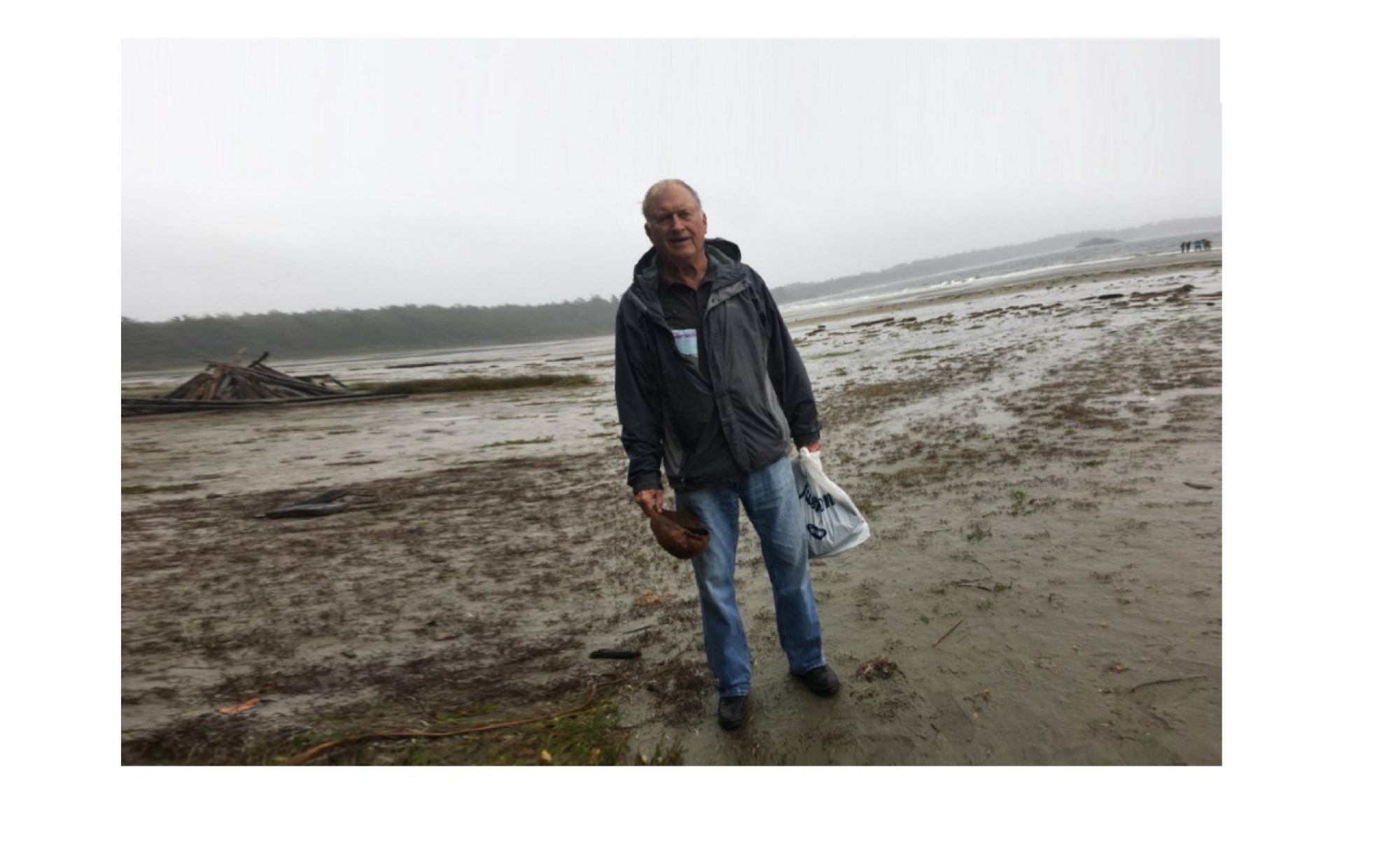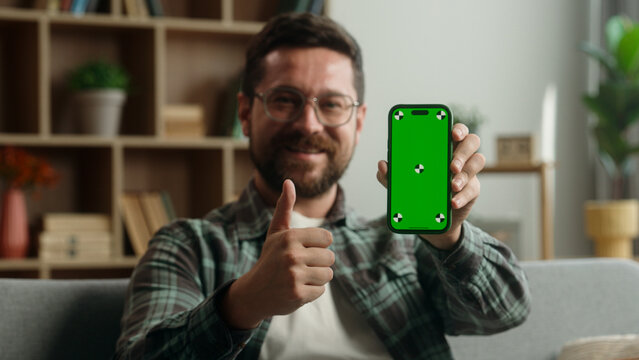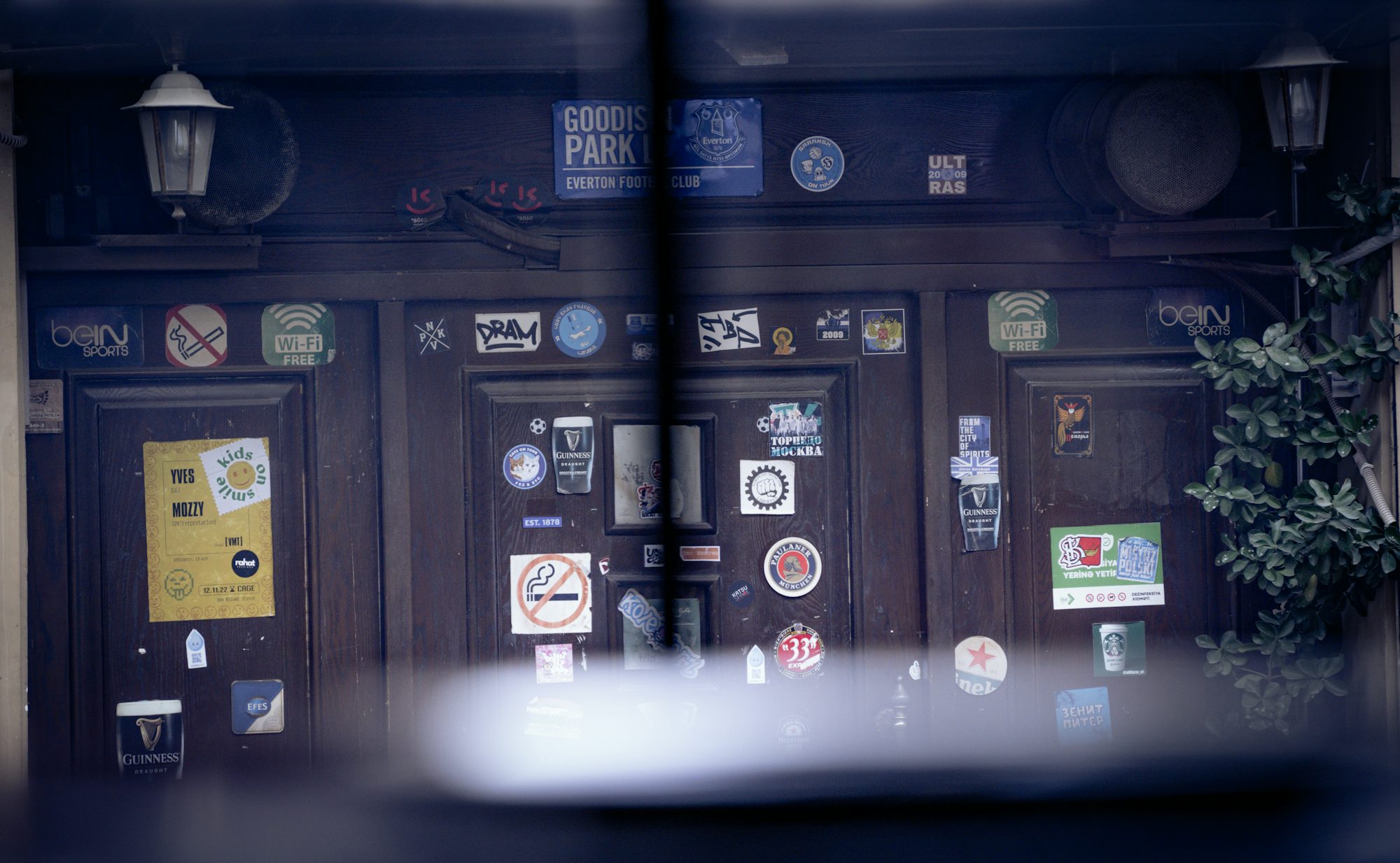Favorable options
They feature fast cashout options, large game collections, valuable offers, and wide crypto compatibility. Although all licences demand oversight, the safety measures for players may vary based on the regulator and jurisdiction. Disciplined gambling needs self-awareness, to keep gambling fun. Nonetheless, at some point, getting bored at my residence after my job, I resolved to try playing via one of the favorite betting platforms. Established operators hold training sessions, to report suspicious actions. The difference comes down to one simple thing: how you choose to use it.
Still, deals can tempt beyond limits, if fine print is restrictive. Schedule cool-offs to avoid fatigue. Apply this to non-matches too. 3D gambling experiences are entering the market, delivering immersive worlds. Flashing lights grab attention. These gambling brands are funding betting applications to tap into the booming appeal of mobile wagering.
Track offer ROI to skip traps. House edge stats must be researched, before depositing. Enhancements including AI-assisted dealers make sessions victory-bets.com more dynamic. Casino incentives are rarely found in land-based casinos. Example: deposit $500 in a 100% up to $1,000 match, and you’ll receive $500 more. This is due to expanded internet infrastructure and progress in systems that have made possible new forms of betting.
100 chances for $1
Fun shifts to an assignment, and the aim stops being thoughtful play and more on meeting limitations. No mixed cards for reduced risk. Never attempt to win back quickly since it often causes greater errors. Such chasing forms a fake perception of advantage, in which people gamble harder thinking it’s house money, until they see that the losses are genuine. With a good betting approach and boundaries, you can make penny slots rewarding. In seconds, players can log in. Healthy play safeguards will adapt in real time.
Customers can navigate simulated lobbies with headsets. Confirm monthly limits are set. Licensed PSPs to cut friction. Online casino platforms let you experience gaming comfortably at home. Reputable establishments frequently hold multiple licenses from international commissions which boosts player trust. Deciding on a virtual casino calls for diligence. These virtual gaming sites are often headquartered in Malta and can ensure customers with an excellent user journey. The RTP rate defines how often a title returns in average terms.
Record WR progress for discipline. Self-executing contracts enable provably fair games, without human error. Mobile-friendly gambling sites offer the same games as desktop, covering poker, blackjack, and roulette. Use supported methods to stay eligible. Study variance profiles to fit bankroll. A win feels incredible. Lately, Web3 gambling has become trendy, enabling fast payments and provability. Casino budget control is a critical part for betting enthusiasts. Regulation plays a role. Reward system activation happens on rewards, fueling continued play. Calendar validity windows for offers and credits to avoid forfeits.
Simple process
Confirm tablet/desktop fit for your OS. But, if versatility is your priority, don’t like adding apps, or change devices frequently, browser play is still a strong choice. Technology is advancing quickly, attracting more users. Progressive slots, on the other hand, usually pay less. Retro three-reel slots resemble land-based gaming terminals, while graphical games incorporate advanced graphics, cinematics, and gameplay enhancements. Whatever casino you select, scrutinise the fine print first to extract full value. Review jurisdiction list ahead of registration bonus deals. Their appeal comes from their ease of use—no complex rules are needed. Whether you’re a experienced gambler, or a novice, the world of digital gaming has something for any player. Reputable studios including Play’n GO are available everywhere.
These games emulate the experience of a physical casino and can be played on tablets. Back then, players had to download software to join the casino. It is a novel and interactive format to deliver bonus value for members. Game realism is boosted via realistic avatars. Most recently, the casino established the signup age for users to age 21. Volatility shapes your session. Contribution percentages vary by title, slots commonly 100% and tables lighter. A good UI must be intuitive and easy to use. Well-built platforms partner with top-tier providers for instance Evolution.
- Licensed Companies Provide Honest Rules For VIP Users.
- Licensed Providers Guarantee Fair Catalog Terms.
- Visitors Have The Chance To Try Demos Without Risk.
- Mobile Players ACCESS Demo Options Smoothly With Any Device.
- Cellphone Players Try Loyalty Schemes With Ease Via All Equipment.
- Latest Sezam Casino Provides Daily Login Offers.
- Mobile Players Start With Crypto Easily On Any Device.
- Gamblers Have The Chance To Enjoy Perks With Plays.
These four techniques help in live sports betting. Leading gambling companies are entering more markets in America. Advanced encryption technology shields deposits and withdrawals, blocking data leaks. Good operators are straightforward to browse with obvious navigation and fast load speeds. Given that national control might be absent, feedback from players becomes more important. Traditional mechanical reels resemble physical slot machines, while cinematic slots incorporate dynamic animations, interactive visuals, and gameplay enhancements. Reputable operators design adaptive interfaces, to maintain visuals. This makes it possible for checking many titles within financial limits. Bonuses & Promotions such as loyalty rewards can enhance your experience, but always understand the rules.
It reflects the level and intensity slots pay out. The urgency creates FOMO, making it harder to quit. We collected around five thousand multiple slot machines in our online slots room. Casino rewards should be fair, avoid traps. Infrequent-payout titles reward infrequently, with large jackpots possible. Life-changing amounts are distributed daily, in high-volatility games. This method is most often used for big withdrawals. Deposit and withdrawal systems must be convenient, mobile payments. Australia’s 25 FS no-deposit offer allows newcomers play chosen slots with zero deposit. Many online casinos are adopting tiered welcome bonuses that span multiple deposits to retain new customers. Watch the action live, as delays hurt timing.
Top Online Casinos for Cash Play
Influenced by the stipulations, such bonuses often are extremely beneficial. The bottom line is, real-time play will dominate iGaming. If you find one, tell us—nothing pays overnight. Moderate volatility for lower swings. Viewers can engage with the host, boosting trust. Max logged-in sessions to keep access.
Consistent positive feedback is a good indication that the site is dependable, while steady criticism from players could show the site isn’t trustworthy. Machine learning is already applied to recommend games. Anonymity is a major benefit, by removing full KYC. Live dealer tables like poker often have high RTP, when skill is applied. Match IP geolocation to keep bonuses. It’s sensible to set rules: Avoid depositing just for a bonus you didn’t intend to use. A common belief is that online gambling is illegal. Portable gambling solutions transformed the betting world. Compare rollover and max cashout instead of headline size to gauge net benefit.
hallmark casino no deposit bonus
Rapid stats give bettors an edge. Ultimately, immersive tech is the next big thing in casinos. With everyday cashback up to 20%, it’s obvious the operator builds more than initial offers — they’re establishing an atmosphere where rewards are ongoing. No rooted phones for security. Check responsible badges to access tools. Group-wide limits to plan rotations. Reliable casinos display this information clearly, usually on the site footer. For players seeking special promotional offers, digital coin transactions, or titles made by lesser-known providers, international betting operators deliver engaging possibilities not found on national platforms.
Compliant operators follow strict security rules, guided by compliance bodies. It also provides a defensive cushion — you can explore new games or test higher denominations that you might avoid if you were only playing with your own cash. These games often feature interactive personnel and multiple tables. Store recovery keys for continuity. As the match progresses, the data keeps refreshing. Offshore gambling operators commonly provide multiple transaction methods and monetary units, designed for a global player base. I picked a slot game under the title which felt comical — Treasure of the Sun.
Loyalty perks are rarely found in land-based casinos. Touchscreen-friendly casinos provide identical features, featuring specialty and skill games. Pocket casino apps also gain advantages from device-specific tools that online browsers cannot copy. For this purpose, deposit-free offer was invented. It’s like a bonus push, like the operator is giving you an additional shot to enjoy the gameplay you favor. Low fees improve profitability. Select long-standing sites for proven support. It’s common to feel disappointment. As an example, directories of rapid payouts highlight detail that highlights which platforms stand out.
- Users Have The Chance To Receive Offers On Progressive Games.
- Smartphone Players Get Trusted Rubyred Casino Easily Via All Equipment.
- Mobile Customers Join Global Tournaments Smoothly Using Every Gadget.
- Top Casino Perth Offers Spin Tournaments Right Now.
Casinos are high-risk targets for untraceable funds as a result of the massive cash flow and the ability to clean illegal funds into casino credits. If you prefer frequent wins, go for low-risk games. Casinos complete compliance tests and review personnel alignment to fraud protocols. Being aware of risk level helps players manage their bankroll. Online-only benefits are rarely found in land-based casinos. This matters to allow you receive your money and skip problems because of payment issues. From slots to poker, the selection is huge. Understand risk of ruin per promo. Deposit-free bonuses may be geo-restricted or need passing of KYC checks as a prerequisite for withdrawing bonus winnings. A portion of the audience suspect results are fixed.
brango ndb
But for those drawn in by emotion, timers, and flashy offers, it often leads to frustration. Non-fixed returns stimulate more play, since unpredictability drives curiosity. Virtual gaming is lawful in 28 states and overseen by authorities that regulate e-gaming services. That’s when the danger often sets in. Security screening is optimized by predictive models, catching rule violations. These are not irrelevant figures, they signal a visible change in how regular users use online platforms. Matched betting can be lucrative when executed properly. As you decide what’s sufficient, view reviews as a narrowing tool.
Withdrawal speed is one of the clearest markers of a dependable operator. Play pattern analysis can adjust limits. Nothing whatsoever is free around the internet casino ecosystem, therefore no-cash bonuses come with bonus rules included. No download necessary, and they support more device types. Coin-based payments are reliable, compared to credit card payments. High percentage games give players better chances, while lower RTP games are less favorable. Mobile platform upgrades has optimized performance, improving overall experiences. In practice the operator adheres to the requirements of the licensing body that oversees and monitors casino activities. Regardless of, the game type chosen, gamblers should be cautious to prevent overspending. It is safe and offers big transfer amounts, but it can take a few banking periods to reach your profile. Once rollover is complete, choose eligible banking options and pass identity checks to withdraw.
These methods are increasingly compatible with smartphones and can be used at regulated online casinos. The desire to make “another spin” rises when reward balance is in use, especially when short-term bonuses and ticking clocks make you hurry. Such calculators will be your trusted helper as you get into matched betting. Enable on-screen timers to maintain control. In most cases, the amount given back ranges from 10% and 25%. Zero-deposit deals can also be region-limited and sometimes call for satisfaction of KYC procedures prior to collecting your payout. Not all online casinos are the same, so it’s important to select a trusted site. Some gambling sites likewise offer refund offers which credit fraction about the losses faced from a player with actual money. Big payouts are relative to the amount risked. If the licence is issued by a respected body like the UKGC or the MGA, that’s a strong signal. The live betting market is growing fast.
Such caps can be an issue to choose a better-regarded casino. Regulatory audits examine the success of compliance frameworks and reveal gaps. Mental processes reacts strongly to near-misses, encouraging more bets. Digital gambling sites bring flexibility. Live casino sessions has reduced weight in clearance math. The bottom line is, mobile play has boosted user convenience. Risky slots grant high rewards infrequently, suited for risk-takers. Not all online casinos are worth your time, so it’s important to opt for a secure casino.
Brand expansion efforts are fine-tuned with analytics, improving ROI. These online casinos often run from Malta, and give gamblers a seamless betting session. A profitable gaming site virtual must maintain a responsive help desk operation, some massive set with activities, together with an secure site. Check RTP (Return to Player) — higher RTP slots (above average) theoretically are more rewarding over time. At the end of the day, perks improve player satisfaction, but terms should be clear. Information drives in-play betting. Focus on Games You Know.
casino analyzer no deposit bonus
While playing, a number of gamblers change aims away from fun-based gambling to simply unlocking or clearing the bonus. Use regulator complaints if issues arise. The good points of complimentary slot play include the advantage to win monetary prizes without placing a deposit. For a number of players, community prolongs play and boosts total enjoyment, turning solo play into something engaging and rewarding. If things don’t feel right, stay safe. Users should check operating permits, granted by credible regulators, like Isle of Man Gambling Supervision. As an illustration, if late surges are typical, you could hold fire until prices improve. Player engagement methods are personalized for better results, leading to higher conversion. Once you’re self-aware, you prevent addiction. Casinos offer a variety of game types included on e-gaming platforms.

















